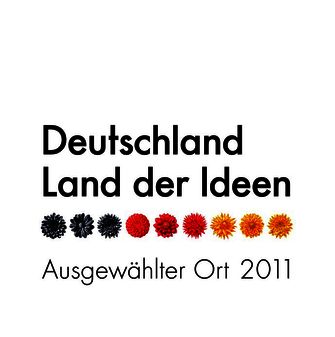1,4-Butanediol – Determination of 1,4-butanediol in workplace air using gas chromatography (GC-FID)
Air Monitoring Method – Translation of the German version from 2025
Silke Werner1 (Method development)Lutz Nitschke2 (External verification)
Ralph Hebisch3 (Head of the working group “Air Analyses” of the Permanent Senate Commission for the Investigation of Health Hazards of Chemical Compounds in the Work Area, Deutsche Forschungsgemeinschaft)
Uta Lewin-Kretzschmar4 (Head of the working group “Analytics”)
Andrea Hartwig5 (Chair of the Permanent Senate Commission for the Investigation of Health Hazards of Chemical Compounds in the Work Area, Deutsche Forschungsgemeinschaft)
MAK Commission6
1 Institute for Occupational Safety and Health of the DGUV (IFA), German Social Accident Insurance (DGUV), Alte Heerstraße 111, 53757 Sankt Augustin, Germany
2 Bavarian State Office for Health and Food Safety (LGL), Pfarrstraße 3, 80538 München, Germany
3 Federal Institute for Occupational Safety and Health (BAuA), Friedrich-Henkel-Weg 1–25, 44149 Dortmund, Germany
4 German Social Accident Insurance, Institution for the raw materials and chemical industry, Prevention – Department of Hazardous Substances, Biological Agents and Analytical Chemistry, Kurfürsten-Anlage 62, 69115 Heidelberg, Germany
5 Institute of Applied Biosciences, Department of Food Chemistry and Toxicology, Karlsruhe Institute of Technology (KIT), Adenauerring 20a, Building 50.41, 76131 Karlsruhe, Germany
6 Permanent Senate Commission for the Investigation of Health Hazards of Chemical Compounds in the Work Area, Deutsche Forschungsgemeinschaft, Kennedyallee 40, 53175 Bonn, Germany
Abstract
The working group “Air Analyses” of the German Senate Commission for the Investigation of Health Hazards of Chemical Compounds in the Work Area (MAK Commission) developed and verified the presented analytical method. It is used to determine the levels of 1,4-butanediol [110-63-4] in workplace air. The method covers concentrations in the range from one hundredth up to twice the current occupational exposure limit value (OELV) of 200 mg/m3. The method is also suitable for monitoring compliance with the short-term exposure limit (STEL; excursion factor 4) for the inhalable fraction and vapour. Samples are collected by drawing a defined volume of air through a glass fibre filter and a sampling tube filled with activated charcoal which are inserted in a GGP mini sampling system using a flow regulated pump at a volumetric flow rate of 0.333 l/min. Exposure during the shift is assessed with a sampling period of 2 hours and the short-term exposure with a period of 15 minutes. The 1,4-butanediol deposited on the glass fibre filter and adsorbed to the activated charcoal is extracted by liquid desorption with dichloromethane/methanol (7:3 (v/v)) and analysed by gas chromatography using flame ionisation detection. The quantitative determination is based on multiple-point calibrations with an internal standard. A relative limit of quantification (LOQ) of 2 mg/m3 is obtained for an air sample volume of 40 litres. As the LOQ for a sample volume of 5 litres is below 400 mg/m3, the STEL can also be measured. The recovery is 95–101% and the expanded uncertainty is below 29% for a sampling period of 2 hours.




